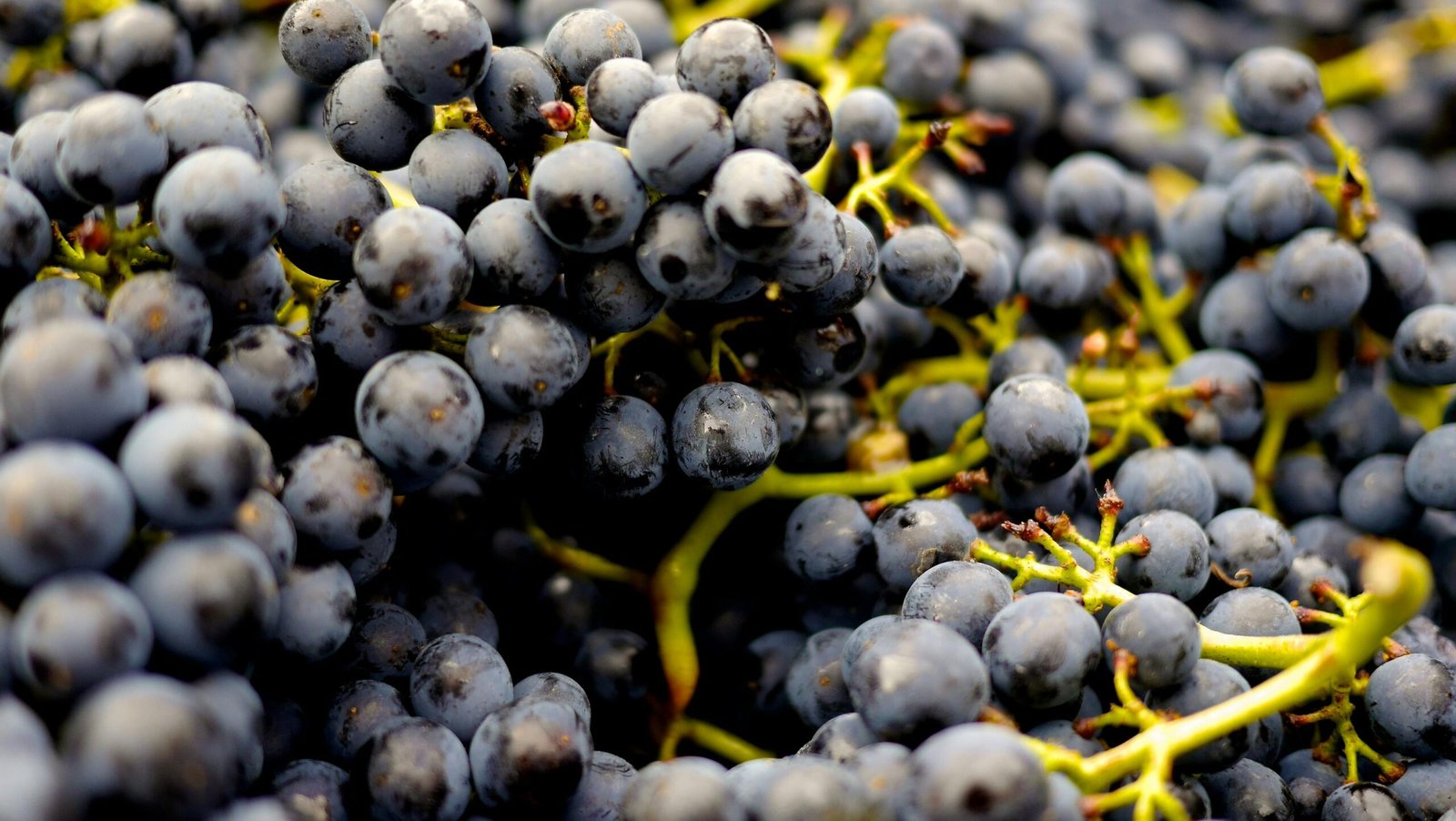
2024 looks to be an exciting year for wine, according to vineyards.
Photo Credit (Pixabay)
In late September, grape pickers in the heart of Chablis wine region, drenched from ascending the steep hill of the Vau de Vey vineyard, tote heavy buckets over their shoulders.
Today marks the end of harvest at the Domaine Roland Lavantureux winery. The last of the highly prized Chardonnay grapes, which will eventually be transformed into the crisp, refined Premier Cru that the estate bottles, are being harvested by hand.
But it might be hard for wine lovers everywhere to get their hands on the 2024 “”millesime””—a wine made in a single harvest year. It won’t be as readily available as it usually is.
A changing climate in 2024 brought about one of the wettest years on record for much of France’s wine sector, following years of issues with vines and wine quality brought on by heat and drought. After a year of extraordinarily terrible weather that included hail, frost, record-breaking rainfall, and the introduction of a fatal fungus that has alarmed Chablis growers, picking at the Lavantureux estate took just nine days, or about half the average time.
“”In 2010, I began working here.”” In keeping with his father Roland’s winemaking career, winemaker David Lavantureux continues, “This is my most challenging year.”” All of the veterans will say the same thing to you. It has been really difficult due to the unpredictable weather this year. We have not been spared anything at all.
The long-term impacts of nitrogen fertilizer made from maize in tile-drained systems are demonstrated by research.
One of the reasons Midwestern soils are among the most productive in the world is the extensive tile drainage systems that remove excess water from crop fields. But something else passes through tile drains besides water. Through drainage ditches, streams, and the Mississippi River Basin, nitrogen is carried by soil water and contributes to hypoxic conditions and extensive algal blooms that have an impact on marine life in the Gulf of Mexico.
A recent study from the University of Illinois Urbana-Champaign offers new insight into the sources and mechanisms determining the nitrogen load in tile drainage water. The study reveals a surprisingly large and persistent “”legacy”” pool of nitrogen, which complicates the commonly accepted idea that nitrogen pulses fast through tile drainage systems as a temporary reflection of fertilizer input and microbial activity.
“”The delay in nitrogen loss to streams from the time it is available in the soil environment is known as the legacy effect. For example, the nitrogen input from fertilizer this year will not be immediately apparent in downstream offloads. This spectacular mega-farm is larger than 11 U.S. states. According to lead study author Zhongjie Yu, assistant professor in the Department of Natural Resources and Environmental Sciences (NRES), “this lag has been found in many systems, but previous researchers didn’t know what caused it or how large its magnitude was


